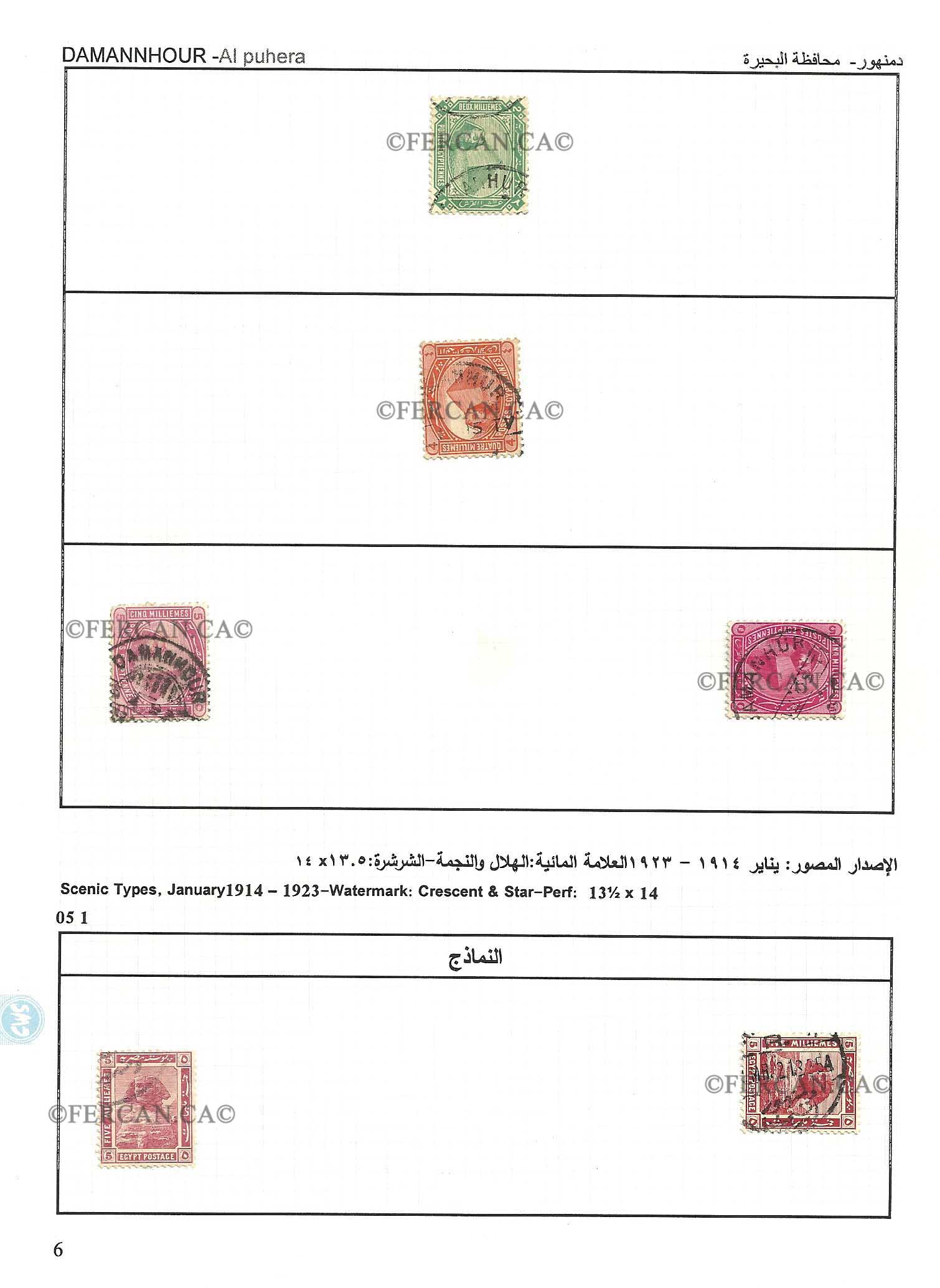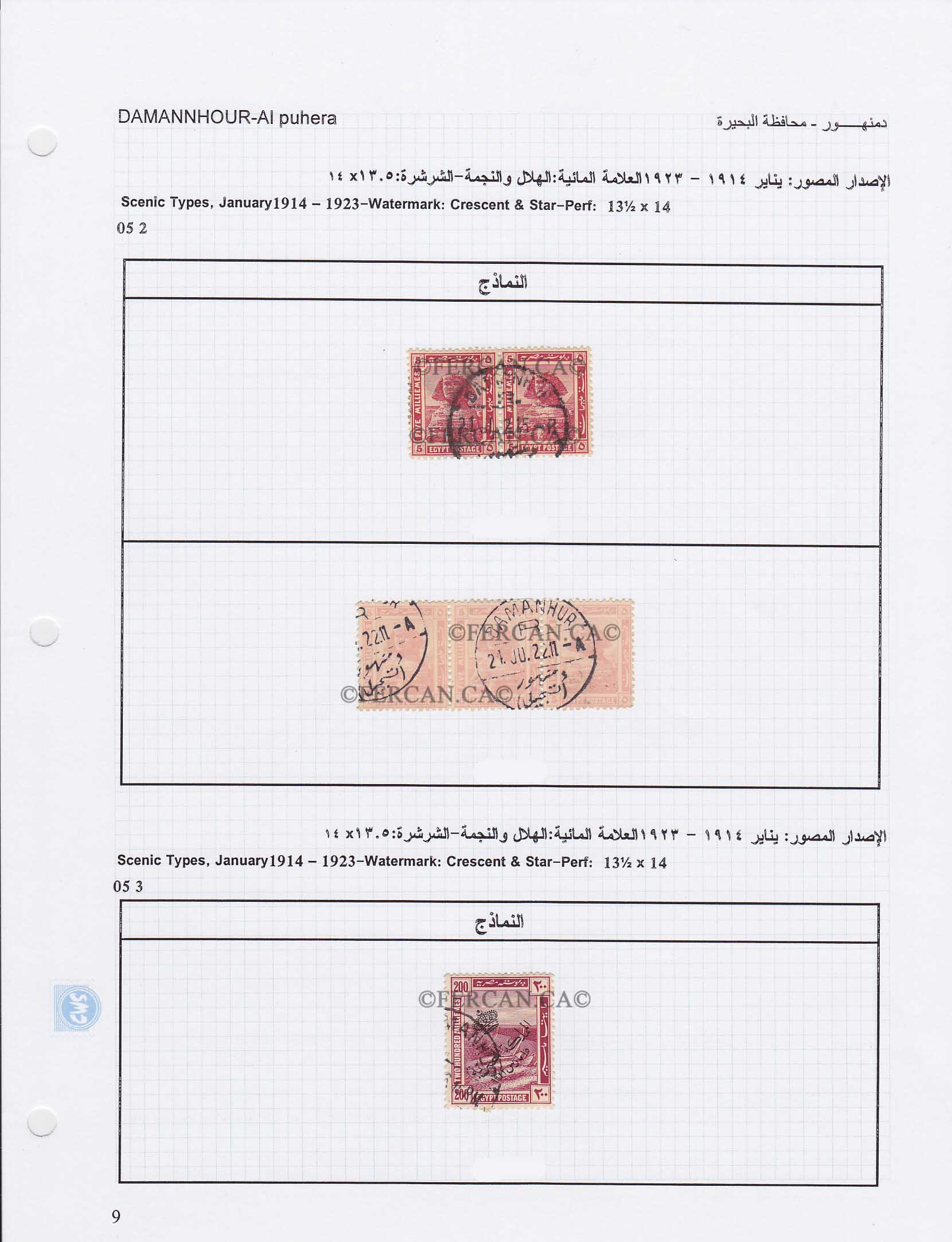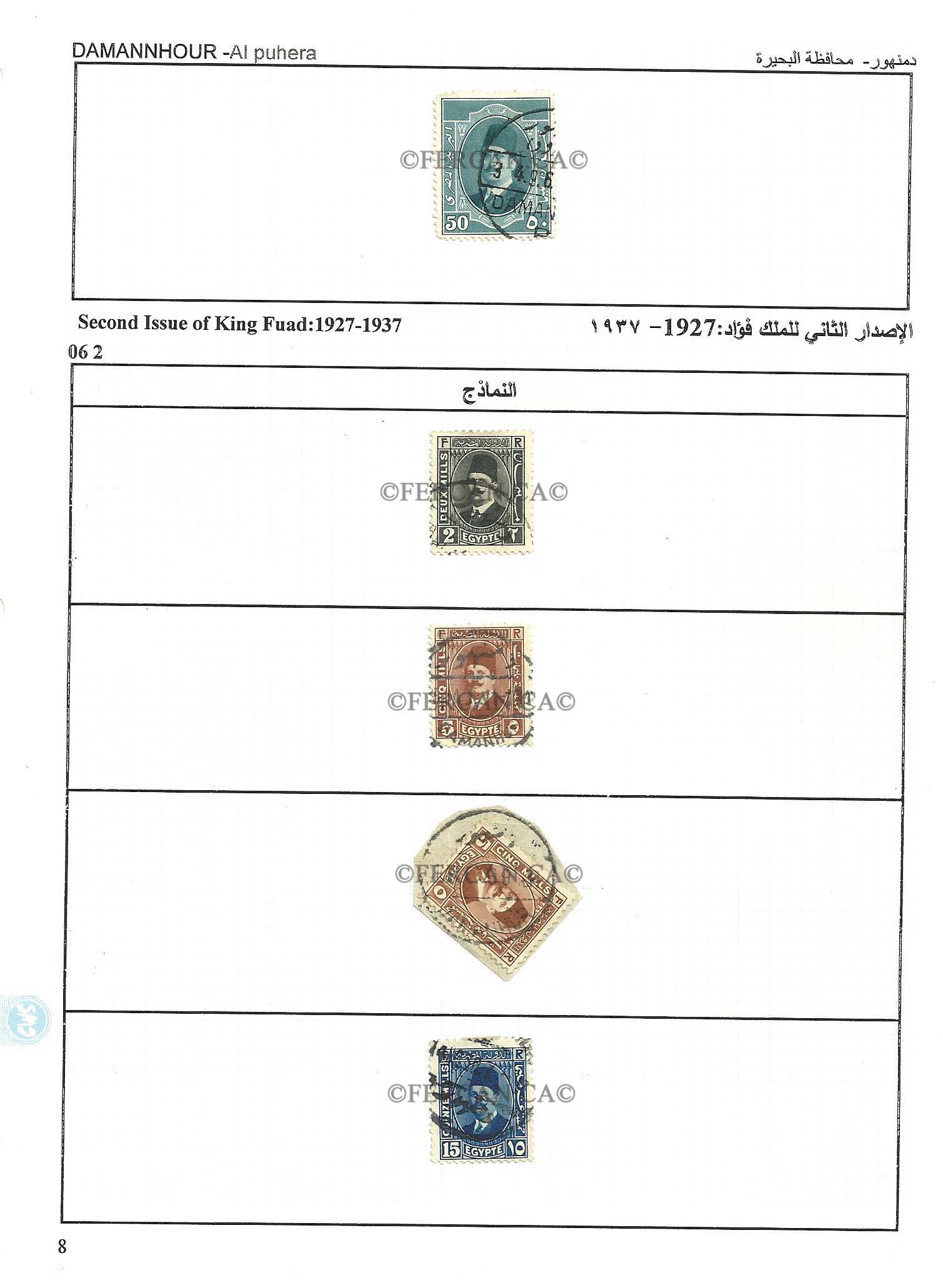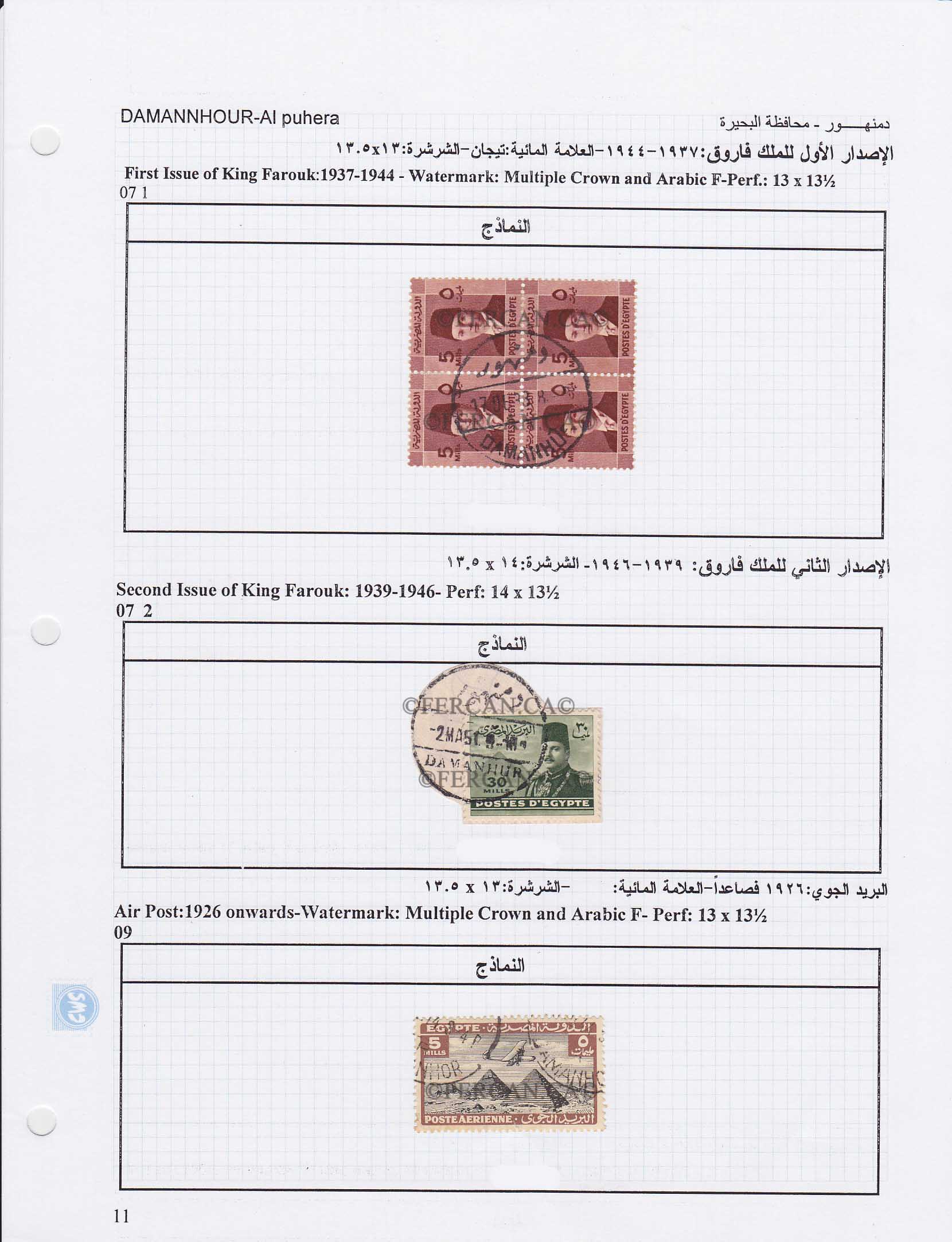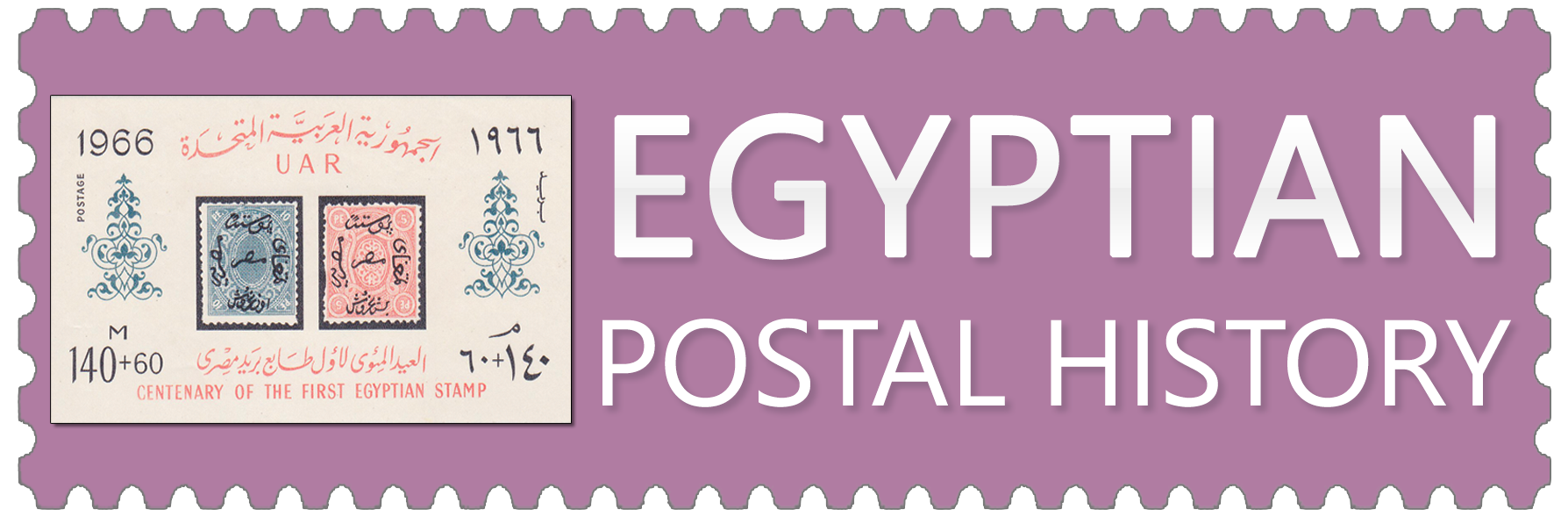Damanhour is a city and the capital of Al-Buhera governorate. It is located northwest of the Nile Delta, and is known for several sites of historical and cultural value.
During the French Campaign in Egypt, Abu Abdullah Al-Maghribi, one of the elders of Morocco, and the local people, called for peaceful struggle (jihad). They made Damanhour their capital and triumphed over Napoleon and his troops in five successive battles, but which ended in the martyrdom of two thousand men of Al-Buhera in Damanhour. Napoleon ordered the extermination of the city's residents by burning them alive in their homes and on the roads. The number of martyrs equaled a quarter of the city’s population. Napoleon sent the battalion commander responsible for the destruction of Damanhour to one of the local leaders with a message saying: ‘Damanhour has become a pile of ashes and we have not left a stone unturned. We have killed its people, more than one thousand five hundred of them.’
Damanhour was known in ancient Egyptian texts as ‘De Men Hor,’ meaning The City of the idol Hor (Horus), known also as ‘Bhdt.’ In Greek texts it was known as Hermopolis Parva," meaning the City of Hermes Minor, also called "Abullenopoles" in relation to the Greek idol Apollo. Its name was later changed to Blamon Hill, but the Egyptians changed it back to its ancient Egyptian name and pronounced it “Tmanhor." After the Islamic conquest, its name became "Damanhour," as it is now known.
The Mosque of Repentance is one of the oldest mosques in Egypt. Al-Habashi Mosque was built in the early twentieth century and is an architectural masterpiece. During the reign of King Fouad many more buildings were erected, including the Mosque of Al-Merdana, the Opera House, the Municipal Library, the Teaching Hospital, the Ambulances Building, the Military School, which is also a great architectural masterpiece, and Aflagah Bridge, which has a movable device. There is also the Cathedral of St. Mary and St. Athanasius the Apostle, which is in the Diocese of Al-Buhera.






